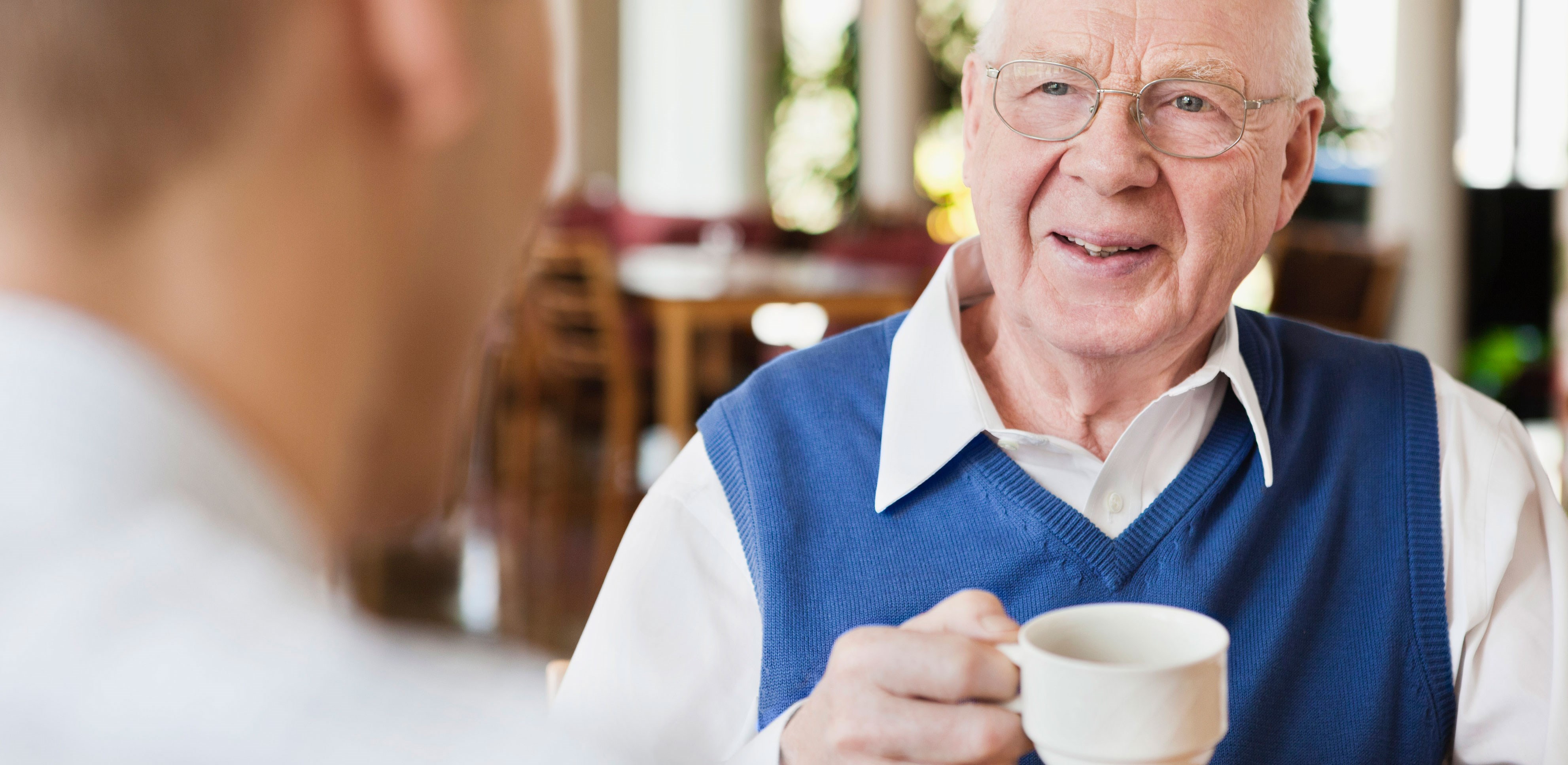
Like a +55 apartment, sheltered housing is functionally designed with common rooms, lifts, and perimeter protection (locked properties). Unlike a +55 apartment, in sheltered housing there is access to staff and a caretaker, who are on-site a few days a week to offer the residents practical support and help with social activities. The caretaker does not provide home-care services or perform the duties of the housing representative. The contract holder must also be at least 70 years old.
Skebo's sheltered housing
Skebo currently has a total of 132 sheltered housing apartments in five areas across Skellefteå Municipality.
- Central town (Strandgården): 34 apartments at Storgatan 54
- Bureå (Bureborg): 21 apartments at Hemvägen 2 A-B
- Burträsk (Domaren): 26 apartments at Björnåkersgatan 20
- Lövånger (Kyrkren): 31 apartments at Kyrkren 3
- Skelleftehamn (Skäret): 20 apartments at Ursviksgatan 129 A
Provision of apartments
The apartments are provided and distributed through Skebo’s usual housing queue. If you want to queue for sheltered housing, you need to go to My Account and click the accommodation type Sheltered Housing under the heading Expression of Interest. It is important that you update your expression of interest within a 12-month period so as not to miss vacant rental properties.
Social interaction and activities
The basic idea behind our sheltered housing apartments is to ensure that there is housing that gives the elderly opportunities for social interaction. Living in the same property as others in a similar phase of life can create good conditions for social engagement between tenants. The idea is that, if necessary and as desired, there should be someone to take walk with, exercise with, or eat a meal with, for example.
The role of the caretaker is to facilitate and help with activities and social interaction. The ambition is that caretakers, together with the residents, will create good opportunities for meaningful shared activities, one of the goals of which is to counteract various forms of age-related ill health. Regardless of the type of activity, participation is always completely voluntary.